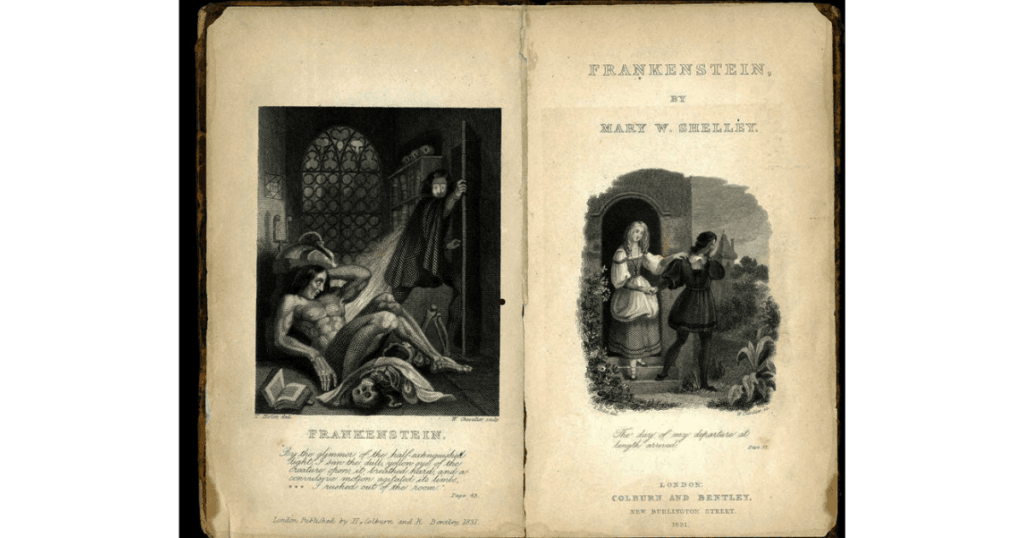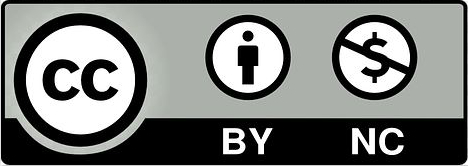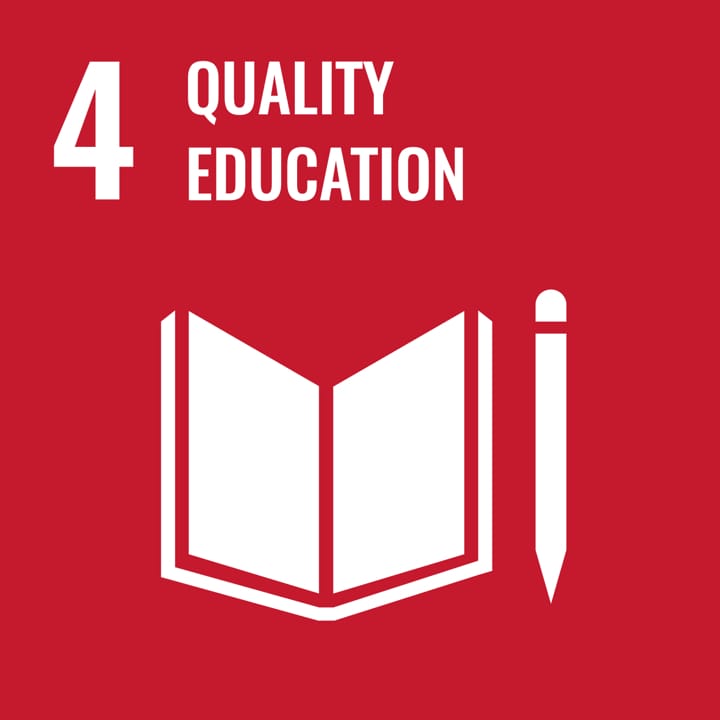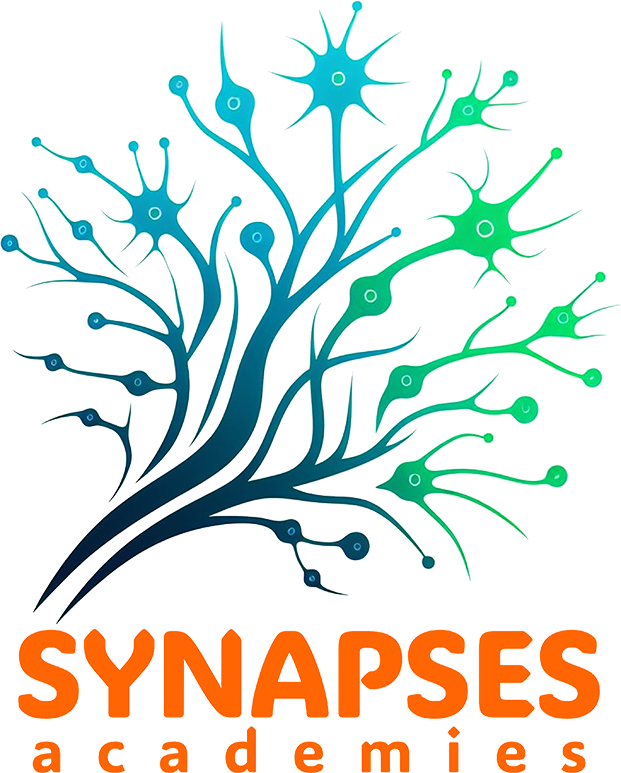
Intended End User: Teacher
Age Group: Upper Secondary
School Curriculum: Science; Social, Physical & Health Education; Social & Environment Science
Themes and Topics: Collective Action; Power & Influence; Information & Knowledge; Citizenship
Duration: 3 x 2-hour classes
Type of Resource: Lesson Plans, Presentation, Online Course, Workshop
Keywords: Scientific Responsibility, Biomedical Ethics, Human Cloning, Cultural Myths, Misuse of Knowledge
Languages: English
Description
On a dark and stormy night in 1816, Mary Shelley began writing a story that posed profound questions about individual and societal responsibility for other people. Since that time, ‘Frankenstein; or, The Modern Prometheus’ has become one of the Western world’s most enduring myths. The story provides a framework for discussions of medical advances, which challenge our traditional understanding of what it means to be human.
The ‘Following Frankenstein: Mary Shelley, the Monster, and Medical Science’ module is divided into three two-hour classes that explore thematic and temporal features of Mary Shelley’s creation and its endurance. Each of the classes includes a brief introduction, a list of readings, visual resources, and discussion questions. This module examines the scientific and medical milieu which informed Mary Shelley’s creation of a young student of nature and his monster, and the ways in which this creation continues to speak to contemporary responses to biomedical innovations.
The readings have been chosen with the primary goal of helping students gain a sense of how developments in medicine raised questions about the nature of life and death, resuscitation, and renewal of the body. This engagement with the past is intended to provide background to students and give them a basis for thinking about the ways in which contemporary citizens respond to developments in the biomedical sciences, particularly around the beginning and end of life.
How to use this resource
This module provides a structured approach for teachers to explore the ethical, scientific, and literary significance of Frankenstein in a classroom setting. Designed as three two-hour sessions, it includes readings, visual resources, and discussion prompts to facilitate student engagement. Teachers can use this resource to connect historical scientific debates with modern biomedical advancements, encouraging students to critically examine ethical dilemmas surrounding life, death, and human responsibility. By integrating literature with science, this module fosters interdisciplinary learning, helping students develop analytical and reflective thinking skills while considering how past scientific discoveries continue to shape contemporary discussions on medical ethics.
The resources
Link to the resource::
And introductory online exhibition can be found here:
Learning Outcomes
- Elicit prior knowledge and further develop knowledge and comprehension of key Sustainability Citizenship key concepts, challenging established worldviews and values.
- Apply a range of suitable tools and frameworks to promote student Sustainability Citizenship
- Reflect on practice and examine national curricula to identify opportunities to promote Sustainability Citizenship in interdisciplinary ways and engage with external stakeholders.
- Collaboratively synthesise the knowledge, tools and frameworks to create educational materials and lessons plans adapted to their own local context
- Develop and apply assessment criteria to evaluate Sustainability Citizenship in students.
- Through workshop activities and communities of practice, build capacity and agency as Sustainability Citizenship educators and leaders.
Green Competencies
- Embracing Complexity in Sustainability: Critical Thinking; Problem Framing
- Envisioning Sustainable Futures: Futures Literacy; Adaptability; Exploratory Thinking
Creative Commons

https://www.nlm.nih.gov/exhibition/frankenstein/education/index.html
https://www.nlm.nih.gov/hmd/copyright/index.html
Credit Line
If using any material from Historical collections for publication or production, please include the phrase: “Courtesy of the National Library of Medicine.”.
SDGs


